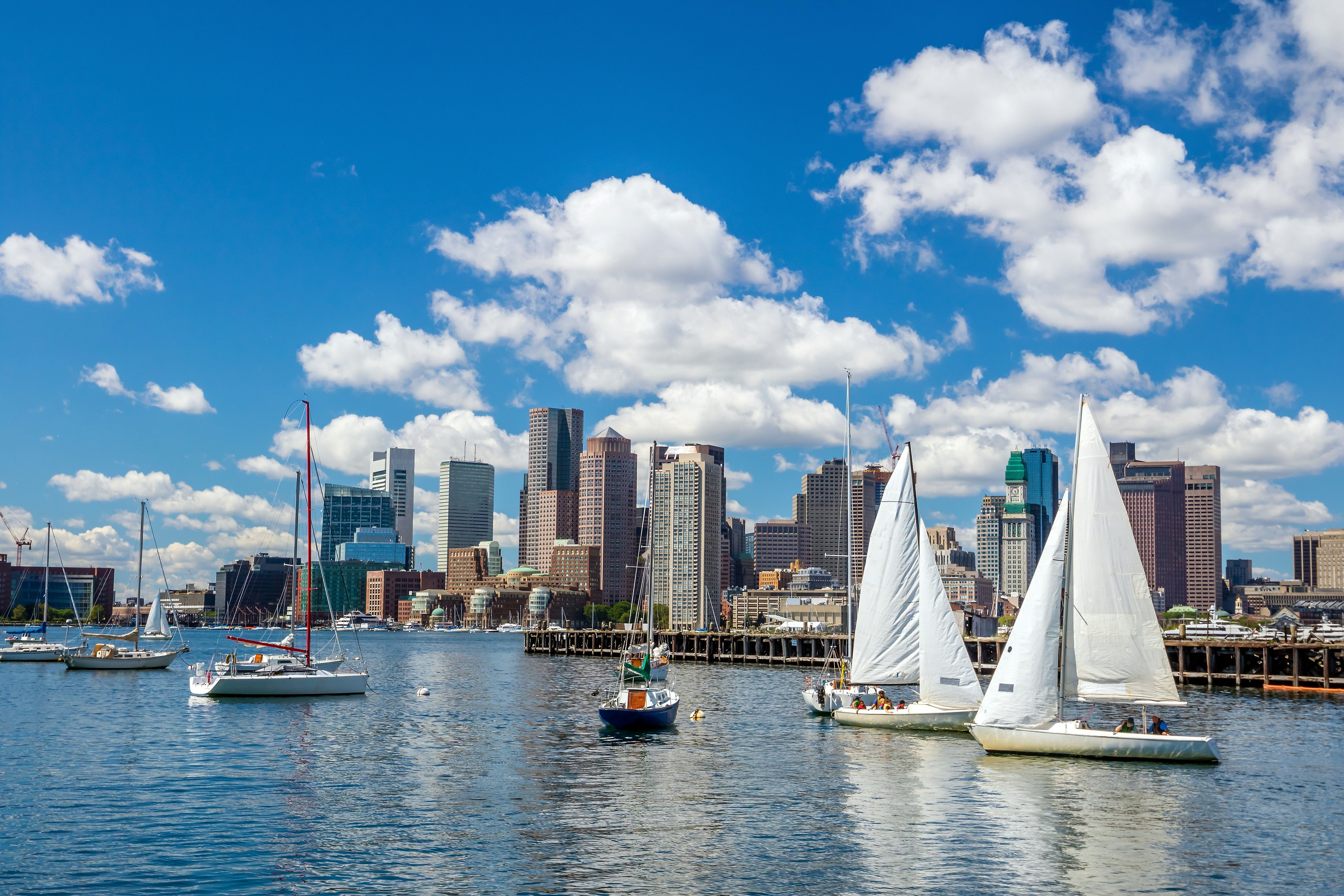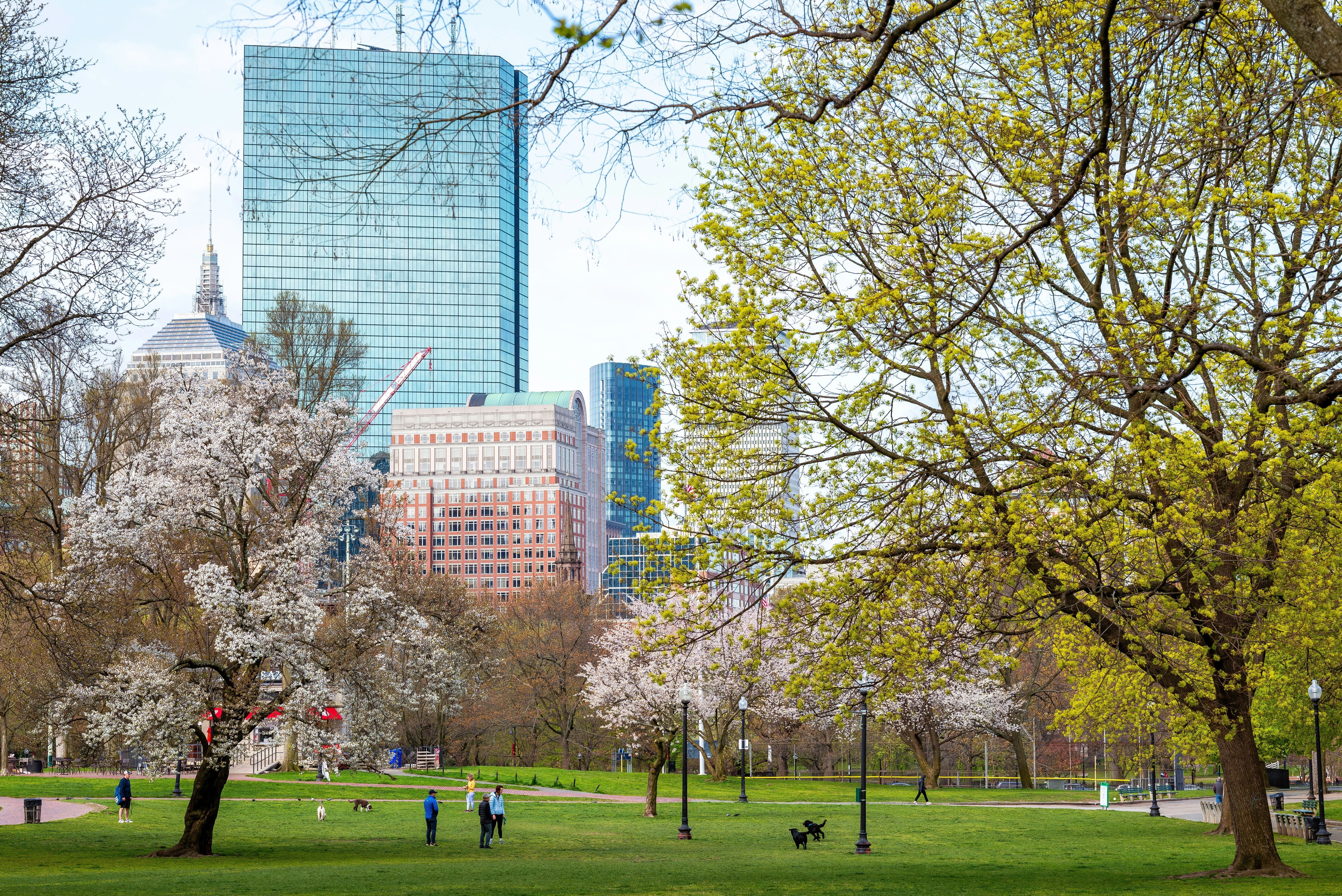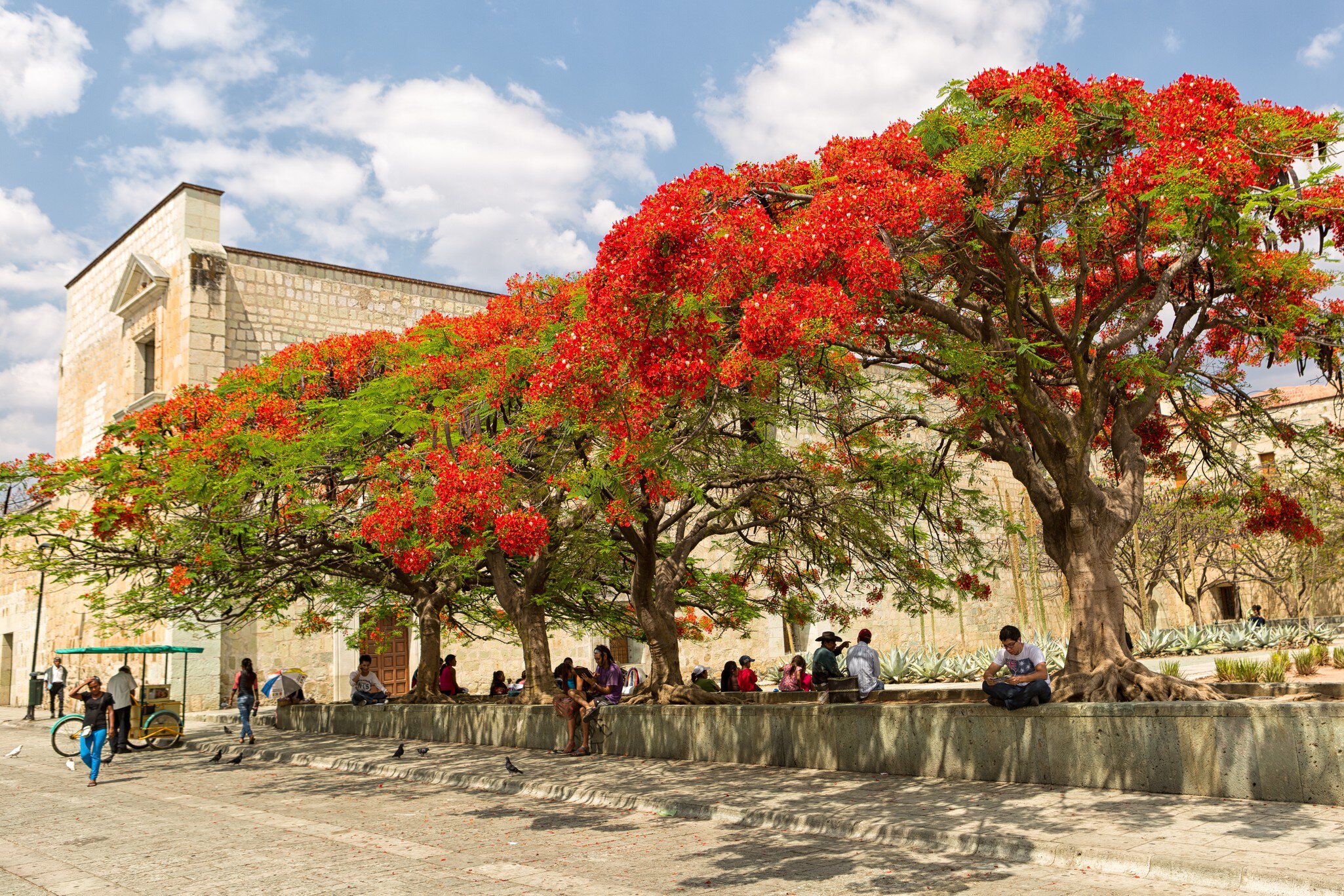

The equestrian statue of George Washington in Boston Public Garden in winter. Chalermpon Poungpeth/Shutterstock
Boston flaunts its magic all year round.
Its public parks, harbor and surrounding waterfront offer a wealth of activities for everyone in every season โ from ice skating on the frozen ponds in winter to outdoor yoga come spring, picnics and pop-up beer gardens in summer, and autumn strolls under falling golden leaves.
Hereโs how to choose the best time for your next trip to Boston.

June to August reveals Boston in all its glory
New England summers are the stuff of legend โ which makes June to August the glory time for Bostonโs showcase attractions like outdoor sporting events and waterfront dining. Of course, the ideal weather usually draws crowds to the cityโs best attractions and activities โ walking , sailing in the harbor, lying out at one of the cityโs numerous beaches, indulging in a lobster feast at a waterside restaurant, and meandering the boutiques and galleries along Newbury St.
(formerly Restaurant Week) takes place twice a year, including once in August โ so you can find some good deals on great spots. Itโs wise to book hotels and excursions as far in advance as possible if youโre visiting in summer to ensure you wonโt miss out.
June sees average temperatures in the mid-70s F, while July and August's temperatures increase to the low- to mid-80s F, though things can feel hotter with the urban heat-island effect. When the occasional summer storm rolls, seek out indoor attractions such as the New England Aquarium and Bostonโs fabulous art museums.

March to May and September through November bring colorful flowers and foliage
Spring and autumn are both wonderful in Boston, with balmy, mild temperatures perfect for strolling and exploring. From March to May, crowds will be thinner and youโll enjoy a display of spring flowers such as magnolias and tulips; September through November brings a backdrop of glorious red, orange and yellow foliage.
Key events in spring include the St Patrickโs Day Parade in March and the in April. In fall, Oktoberfest festivities throughout the city start in September, with food vendors, live entertainment and (of course) plenty of beer. The third weekend in October is the , three days of rowing races on the Charles River that attract thousands of elite competitors and several hundred thousand spectators.
Average temperatures in spring and fall typically range from 50-60ยฐF, with early fall offering the possibility of summer-like stretches of sunshine.

December to February is best for fewer crowds and lower costs (just bundle up)
Itโs no secret that Boston winters are cold, damp, windy (move over, Chicago) and generally quite snowy. Still, if you come prepared with a warm winter jacket and cozy accessories, Bostonโs low season promises a local vibe, free of tourist hordes. Plus, youโre more likely to snag reservations at coveted restaurants.
December also means holiday magic; twinkling trees and festive pop-ups are a great reason to brave the chill. Another is the three-month-long , which starts mid-January and runs through the end of March.
Do dress appropriately, though. The cold temperatures typically blow in during December, averaging between 30ยฐF and 40ยฐF โ but they dip in January and February, when the lows stay below freezing, hovering between 20ยฐF and 25ยฐF. Wind chill can often exacerbate the cold, making temperatures feel even lower: donโt forget to look at the โfeels likeโ temperature on the weather report to be sure youโre properly bundled up.

Plan with a local












